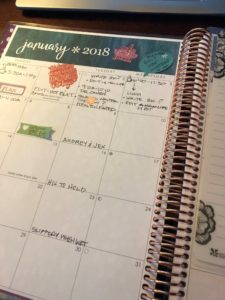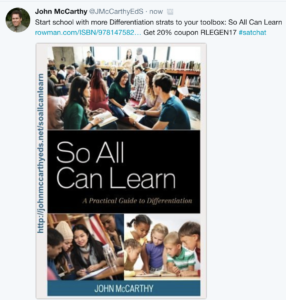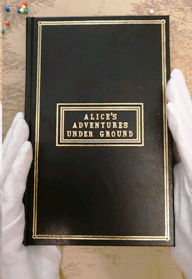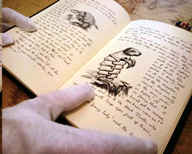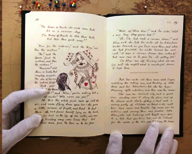This past month has been a writing bonanza. I’ve written my own obituary, started my About Me biography for WjK ARTiSAN DESiGNS, and have also focused on the anthology project for the Deadwood Writers Group. It’s been an interesting thirty-one days.
I’ve been concentrating primarily on my top five strengths through the class I am taking with Jo Self at Jo Self Consulting. It’s a strengths-branding course (she differentiates for each person’s needs). For my individualized consultation we’ve concentrated on my solopreneurship to dig through my top five strengths—Responsibility, Harmony, Discipline, Consistency, Maximizer–and beyond, which are the result of a specifically designed questionnaire at CliftonStrengths 34 online. It’s been enlightening.

Writing my obituary was a fascinating exercise. What would you want someone to say about you at your funeral? Or, if not an obituary, how about a speech at your 90th birthday celebration? It is a lesson everyone should try. It forced me to look at the accomplishments in my life. What should my life look like as I move forward? Did I reach for things I wanted? Did I set on a path to success? It was an emotional read. When I got to the end, reading it aloud to the participants on the conference call, I had to stop to control my tears because of the hope I have that I will have helped my girls turn into great women. The exercise also allowed me to see what needs to be done to reach the goals I’ve set for myself in my professional life.
During the second section of the course Kirsten Back, The Word Distiller, helps with branding our businesses. She wants us to emotionally connect with our customers. That, in turn, will help customers justify their return or pass on the word about our businesses. There’s some more work to be done with Kirsten, but I’ve got a good start to my About Me page. Now, I need to add the nuances of my top five strengths into what I’ve already written.
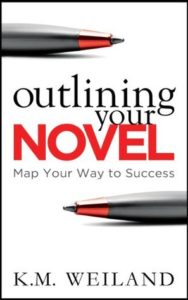
And to wrap things up, I’ve asked a lot of what if questions regarding where I want my characters to go in the Anthology for the Deadwood Writer’s Group. The ‘What if’s’ stem from a book I discovered by K. M. Weiland, called Outlining your Novel, Map Your Way to Success. The idea is to take your story in a direction that the reader doesn’t expect, so I asked myself the ‘What If’ questions to understand the premise goals. This exercise led me to some interesting ideas about the characters and how they’ll interact with the main prop, the coin of Caligula. It must be a part of everyone’s story for those participating in the anthology. It was a fun bit of writing and hopefully, I have a solid foundation to move the arc in the direction I want the story to conclude, with a happily ever after.
